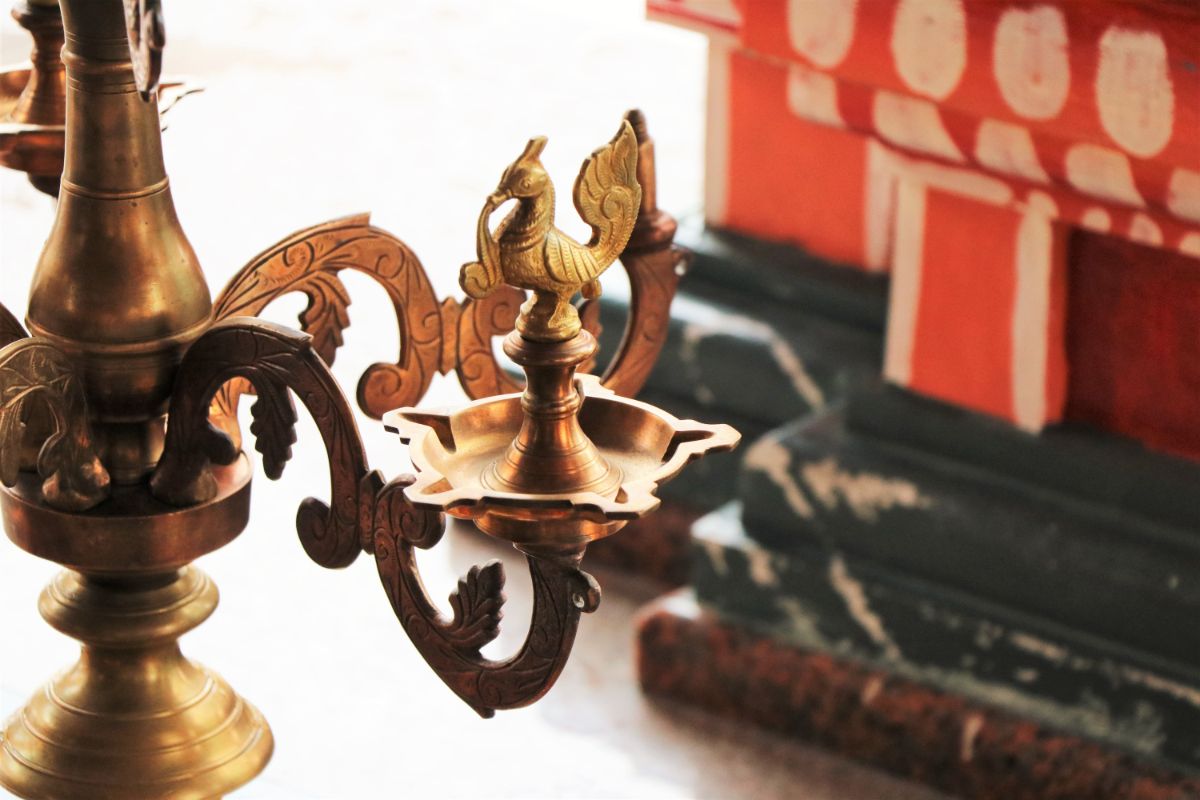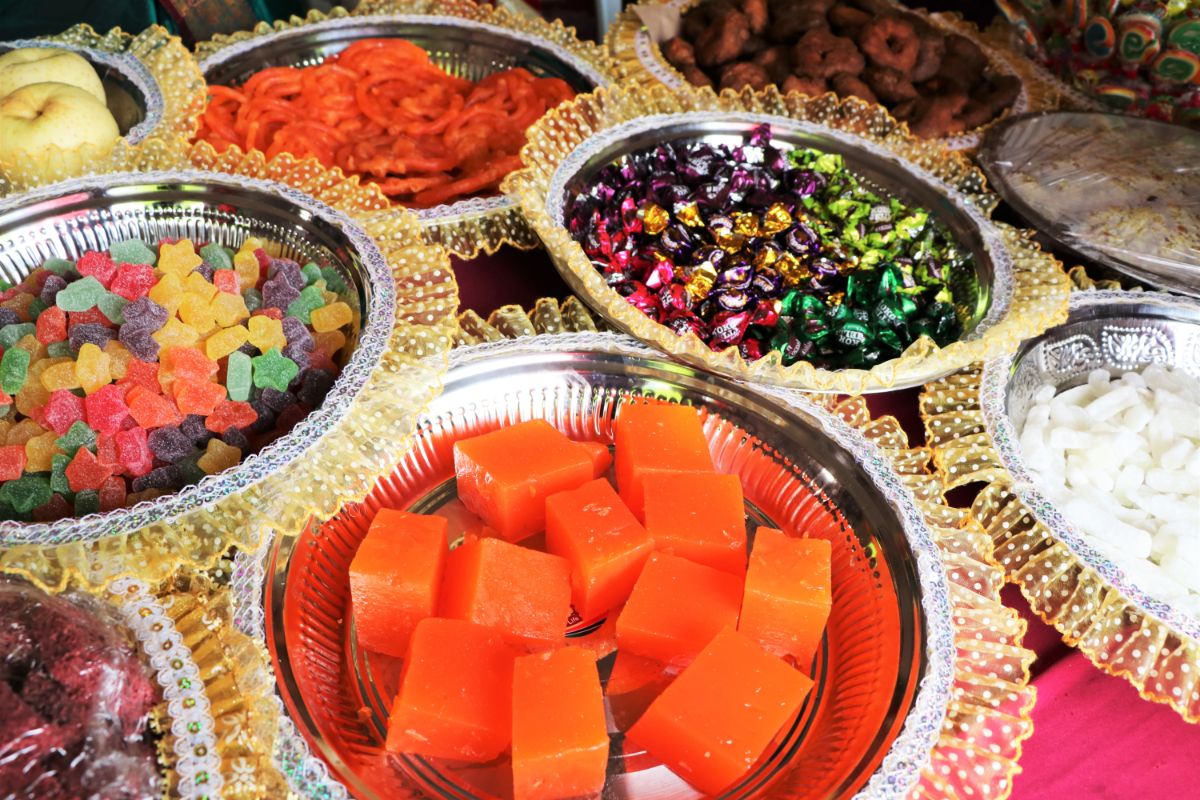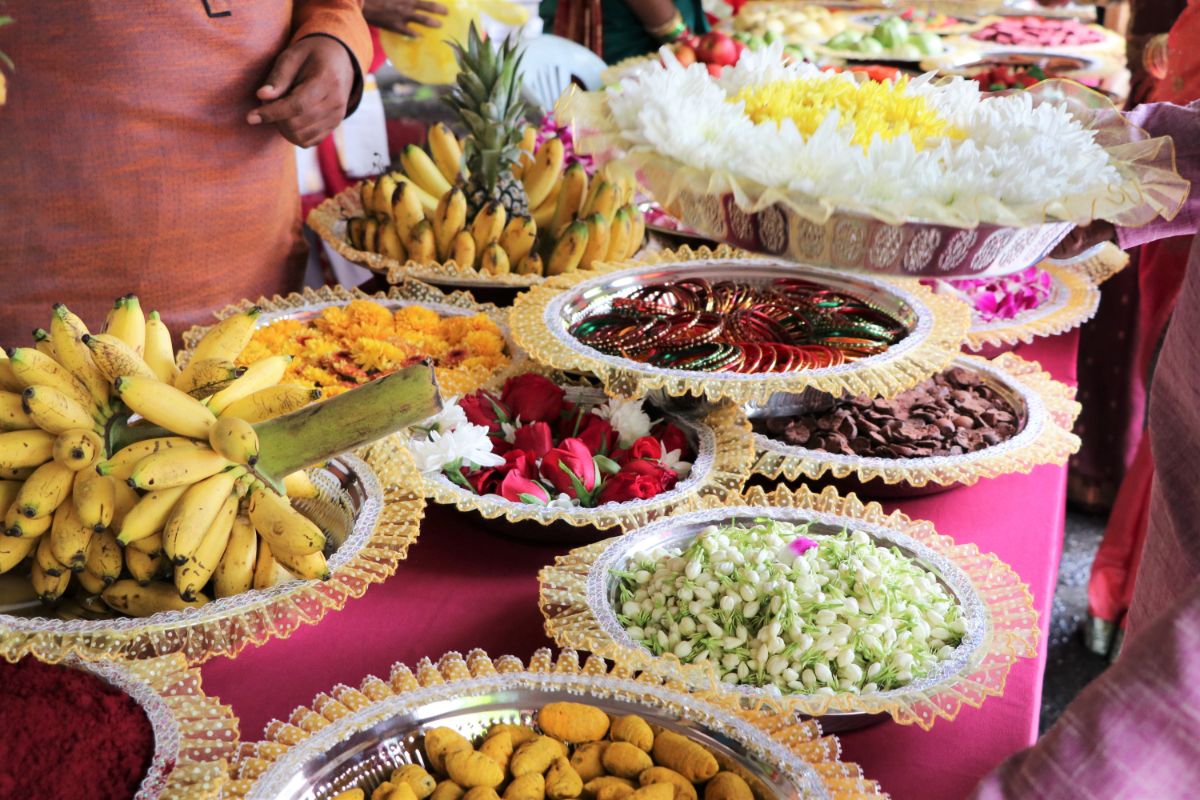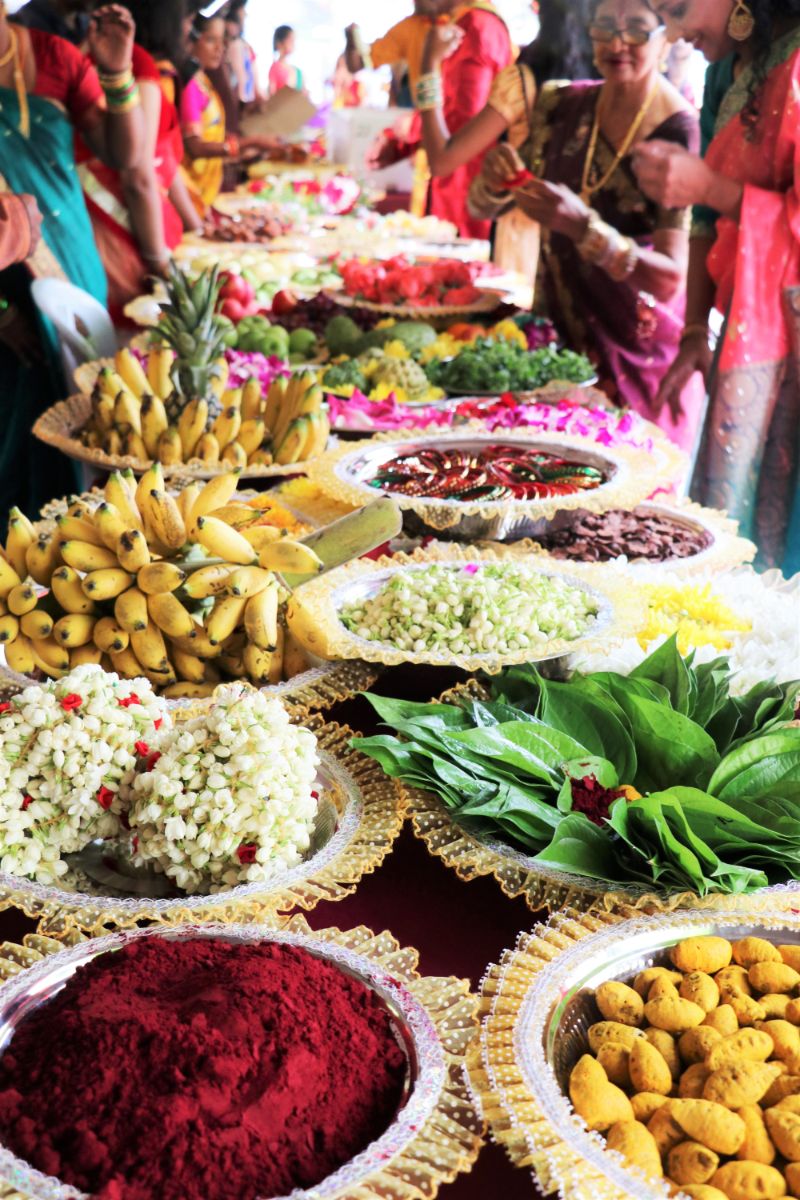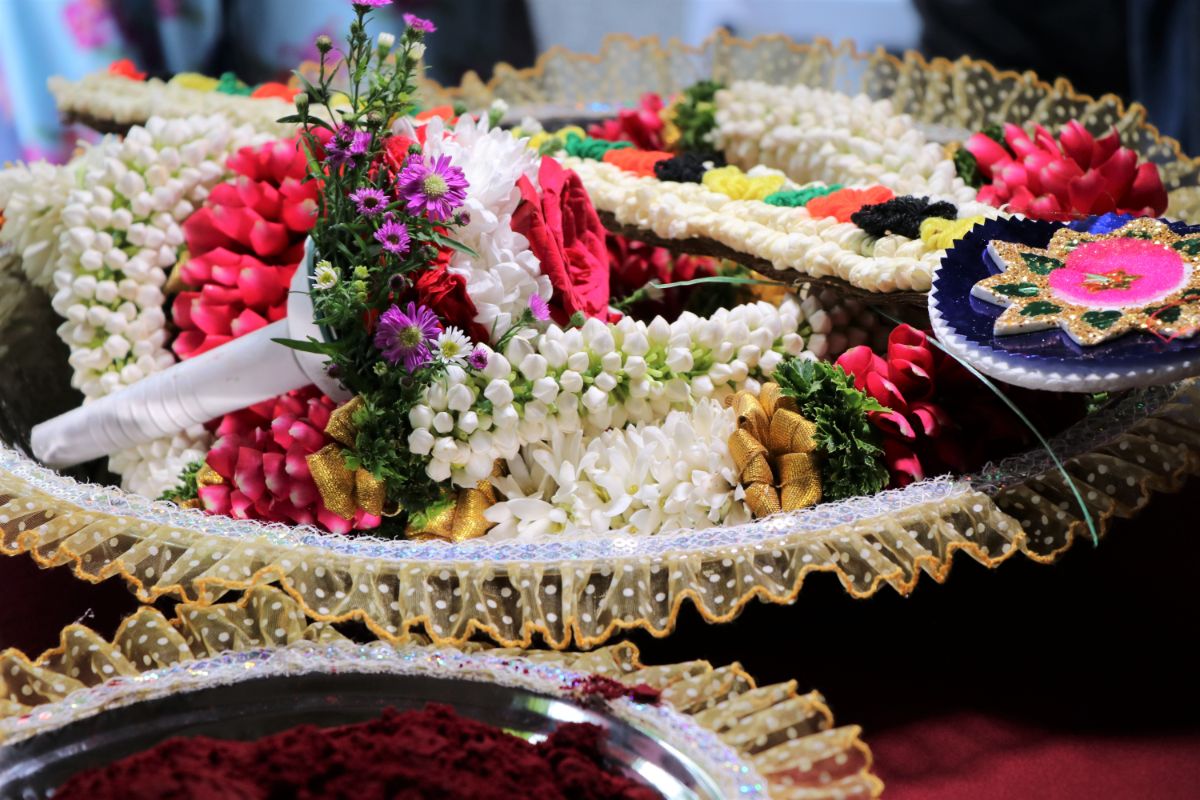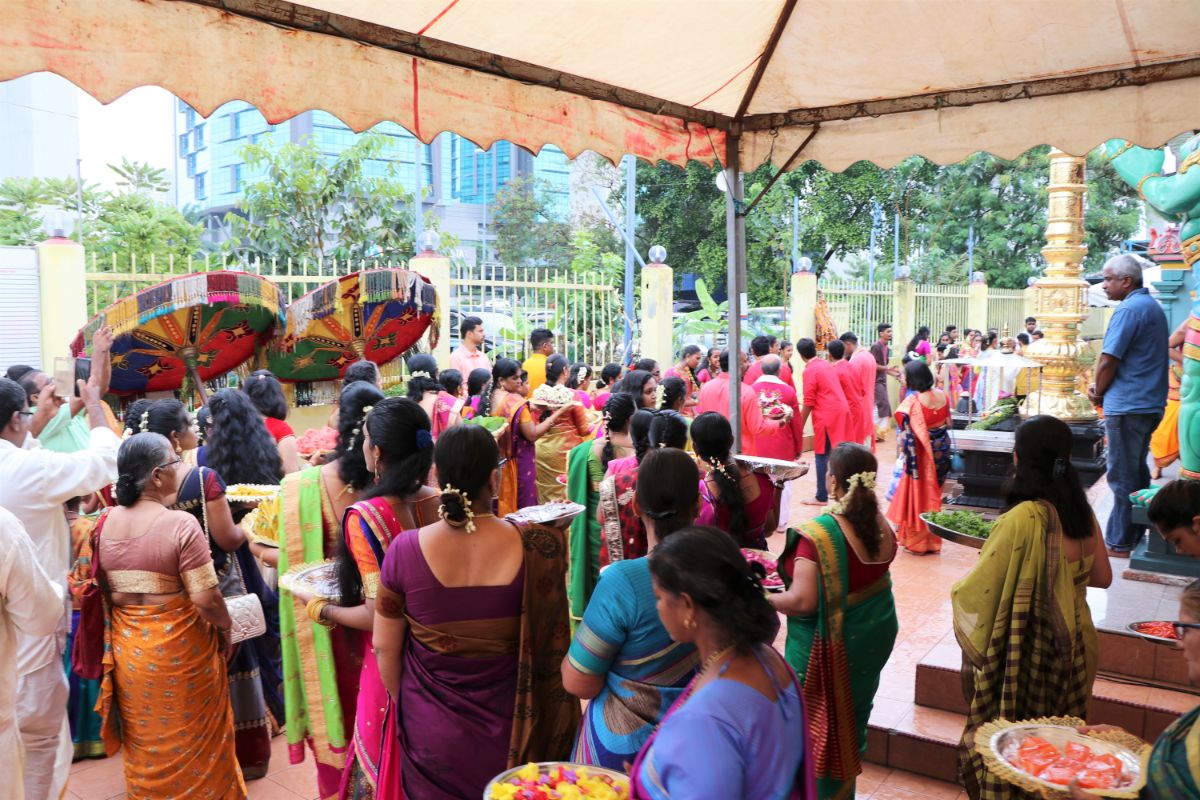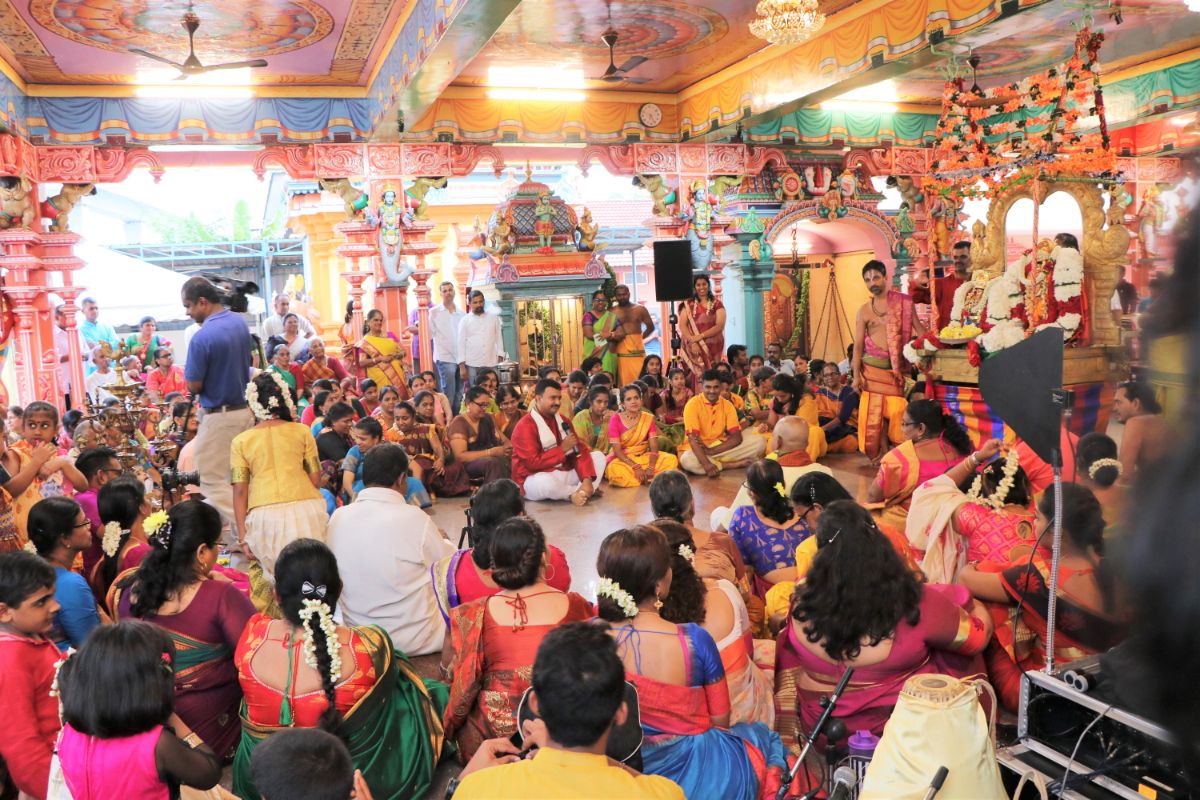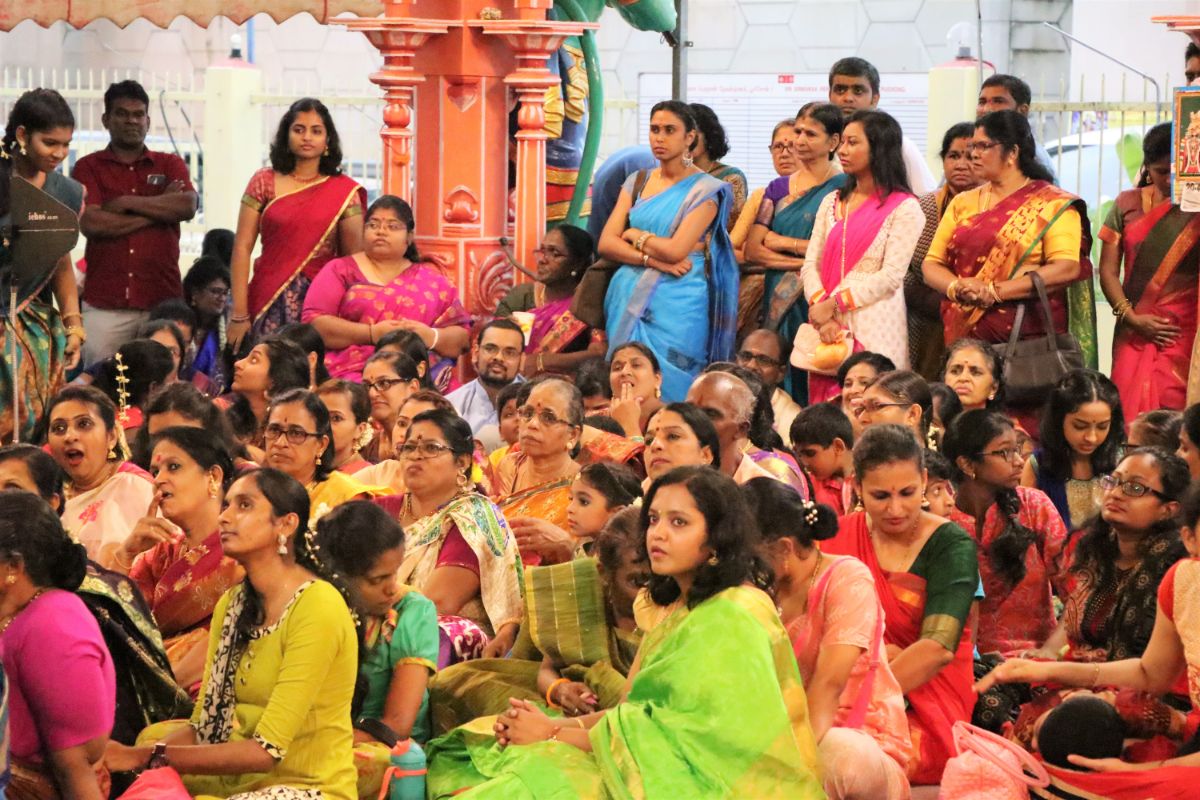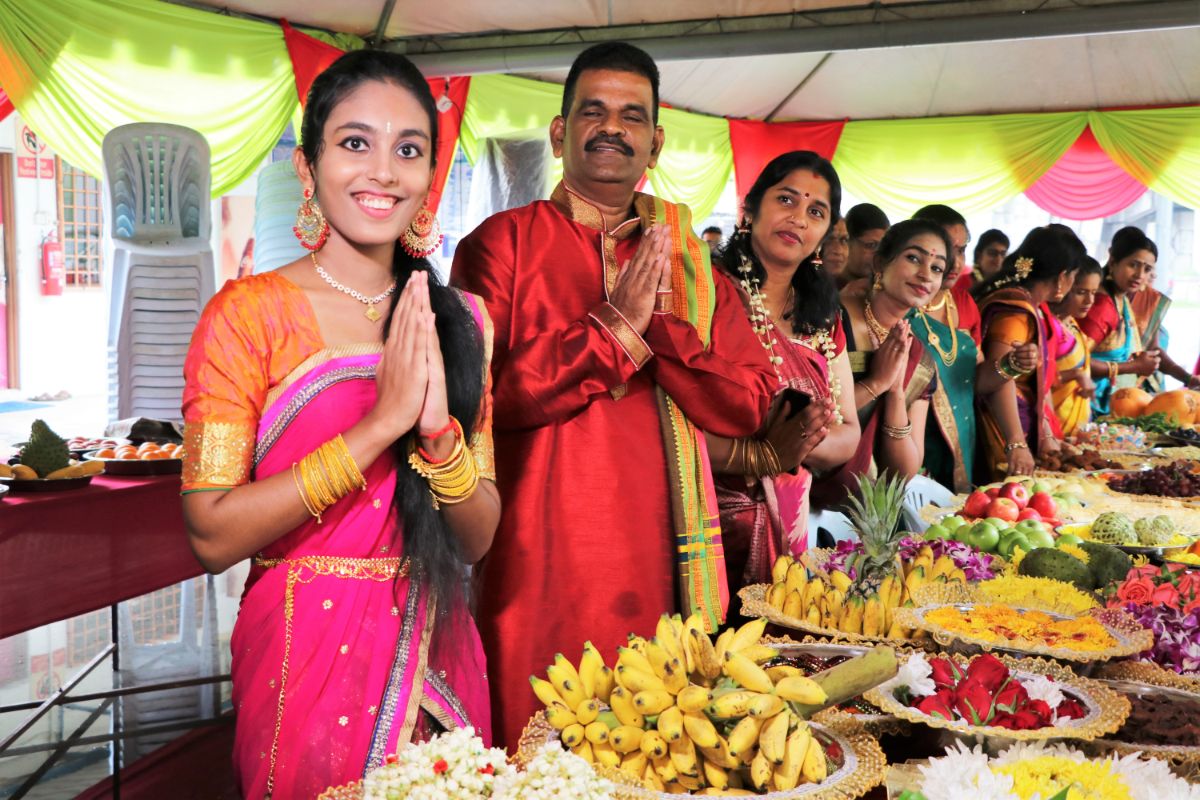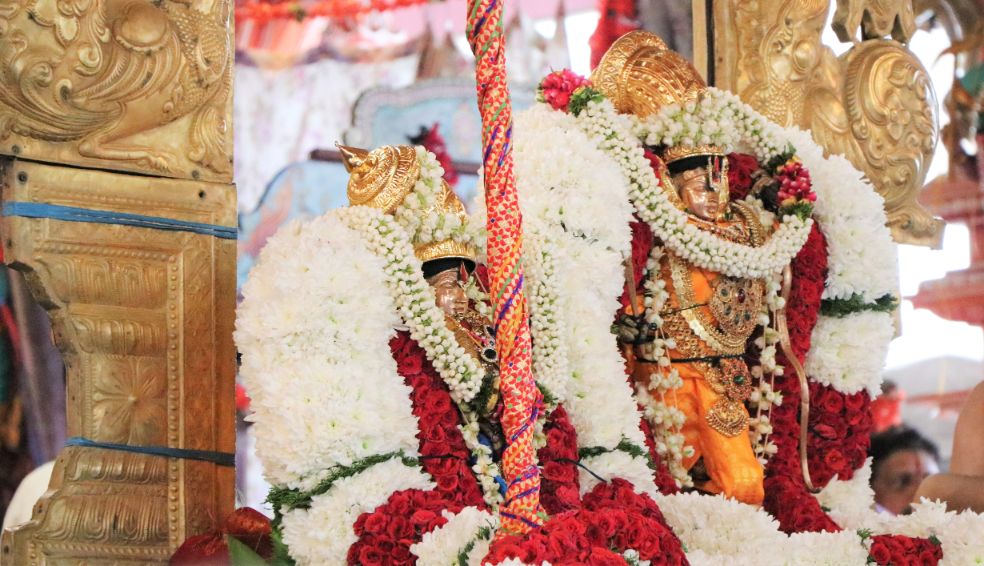Large parts of my childhood and early teenage years were influenced by the ideals depicted in one of the most significant Hindu epics of all time, the Ramayana, which forms the foundation of many a guiding principles across various aspects of Hindu culture and practices. Ramayana holds to the idea of the perfect son, the perfect King and ultimately, the perfect man.
Born to King Dasharatha, Rama was bestowed with his father’s unrelenting love for his first born son who was slated to be the King to all the land of Ayodhya when he grows up. Rama displayed the handsomeness, valour and mightiness of a young prince, and demonstrated the charisma, intelligence, prowess and wisdom with the rare combination of humility and nobility that won the hearts of everyone in the Kingdom.
All this however came to an abrupt end before the much anticipated coronation of him as King which follows his wedding with Sita, a princess whose hand in marriage he won in a Swayamwara (a challenge test in which the winner gets the princess). This is where Ramayana takes an unexpected turn. It comes in the form of Manthara, an ugly, hunch-backed maid whose story-telling and mind-poisoning skills not just denied Rama the throne, but which also saw him being banished along with his young wife to 14 years of hardship in the depths of the jungle.
Further miseries ensued when fallen Rama saw his wife being kidnapped by the evil Ravana, which subsequently led to a major war in the land of Lanka, which though won by Rama, cost him his marriage and subsequent estrangement from his sons, Luv and Kush.
The story of Ramayana tells of how evil pervades in our lives in the form of men and women who accomplish little but who are hell bent on proving that all that is perfect will not thrive. However, in the face of all these adversaries, Rama stood unperturbed – when his father died of heartbreak of seeing his son banished, when his life in jungle was beset with constant threats to his family, when his wife was kept in the custody of another man, when he had to forgo his wife even after successfully rescuing her and when he had to return to Ayodhya as a man who won the battle, but lost everything.
The story too tells of the unrivalled spirit of brotherhood and comradeship, as Rama had the unwavering love and loyalty of his brother Lakshamana, and the support of all the good men of the land. Rama comes back at the end of the story to rule Ayodhya for more than 10000 years and is succeeded by Luv and Kush as Kings and lives to the ideals expected of the greatest man ever lived. Rama symbolizes the ultimate in filial piety and human patience, of integrity and sense of responsibility, and the story has become a beacon of hope to everyone who is beset with challenges of all kinds as they trail in the path of dharma (responsibility) as in the end, all things good and great eventually triumph and prevail.
And today….
Events in Ramayana are celebrated today across the world in one form or another. Here in Malaysia, I had the privilege of attending one such events recently, the Sita Rama Kalyana Mahotsavam organized by the Telugu Association of Malaysia Shah Alam Branch and the Rama Sita Association, an NGO that is devoted to the cause of Ramayana teachings and worship. It celebrates the grand wedding of Rama and Sita. It was an open event held at the Sri Srinivasa Perumal Devasthanam in Puchong, which saw Hindus from all walks of life coming together to re-enact some of the most beautiful moments told in Ramayana and I must say that basking in the sights, colors, sounds, the elaborate rituals and the merriment of it all, Ramayana pretty much came to life and gave everyone a close encounter with a celestial experience and brought together kith and kin, friends and acquaintances from near and far to merge into a celebration of idealism and greatness. Here are some pictures from the event that we managed to put together for all of us. Jai Sri Ram!
